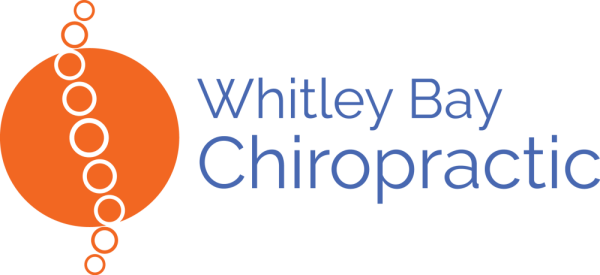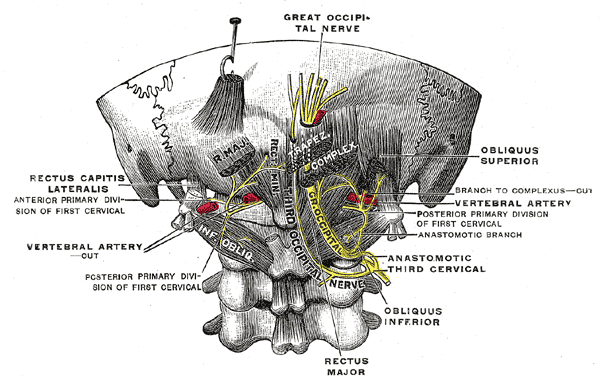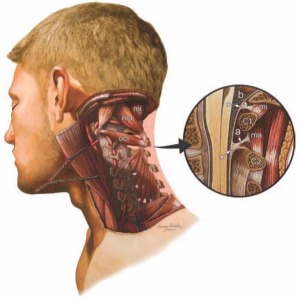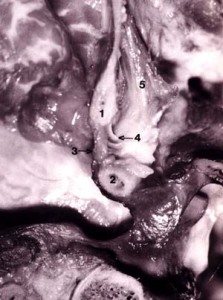Tension Headaches: Myodural Bridges and Myofascial Release.
- Health care providers who use therapy and prescribe exercise, like Manual Therapy UK for more original content, and information on my workshops!
- If you feel like the muscles at the top of your neck are tight, but you can’t stretch them yourself. Myofascial Release is just what you are looking for.
- Recent anatomical studies have found that the deep suboccipital (top of the neck) muscles are connected to the dura matter (the covering of the spinal cord) by ligaments.
- Pulling on a suboccipital muscle moves the dura matter, in cadavers.
- Soft tissue therapy which has been shown to help with tension headaches.
- The suboccipital muscles often shrink from lack of use in headache sufferers.
Recent studies have added to our knowledge of the possible connections between headaches and the myodural bridges:
Can headaches be affected by using soft tissue therapy on the the suboccipital muscles: superior oblique, inferior oblique, rectus capitis posterior major and minor? Yes!
A 2011 study found that it did!
Muscle tightness + stress = headaches
Enix (picture above) did microscopic evaluations to confirm that ligaments called the myodural bridges emanate from the suboccipital muscle bellies, and attach to the dura mater in 75% of specimens. These myodural bridges have a hypothetical role in human homeostasis, and they may contribute to certain neuropathological conditions as well. The presence of a neural component within the myodural bridges suggests that they may serve another function aside from simply anchoring the muscles to the dura mater. Such a connection may be involved in monitoring dural tension and may also play a role in certain cervicogenic pathologies (neck pain and headaches).
They noted that manual traction of the rectus major in cadavers resulted in gross dural movement from the spinal root level of the axis (C2) to the spinal root level of the first thoracic vertebra.
Fernández-de-Las-Peñas found that the greater the headache intensity, duration or frequency, the smaller the cross sectional area of the rectus minor and rectus major muscles. He also found that there was a correlation between hyper-tenderness and atrophy of the rectus minor. In these cases pressing on the rectus minor reproduced the patient’s headaches.
The rectus minor was also found to have atrophied by Hallgren, in chronic head pain sufferers. He proposed a theory that whiplash could lead to nerve damage which causes the rectus minor to atrophy. His photo below shows the myodural bridge #4.
Kim JW- Effects of the ART on pain and range of motion of patients with chronic neck pain
“ART and joint mobilization are both effective for the treatment of patients with chronic neck pain, but ART demonstrated a trend toward greater effectiveness for patients with neck pain involving soft tissue injury. Therefore, ART appears to be a better option for treating patients with chronic neck pain in the clinical setting.“



